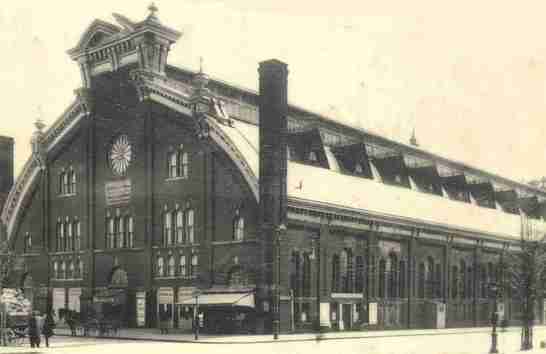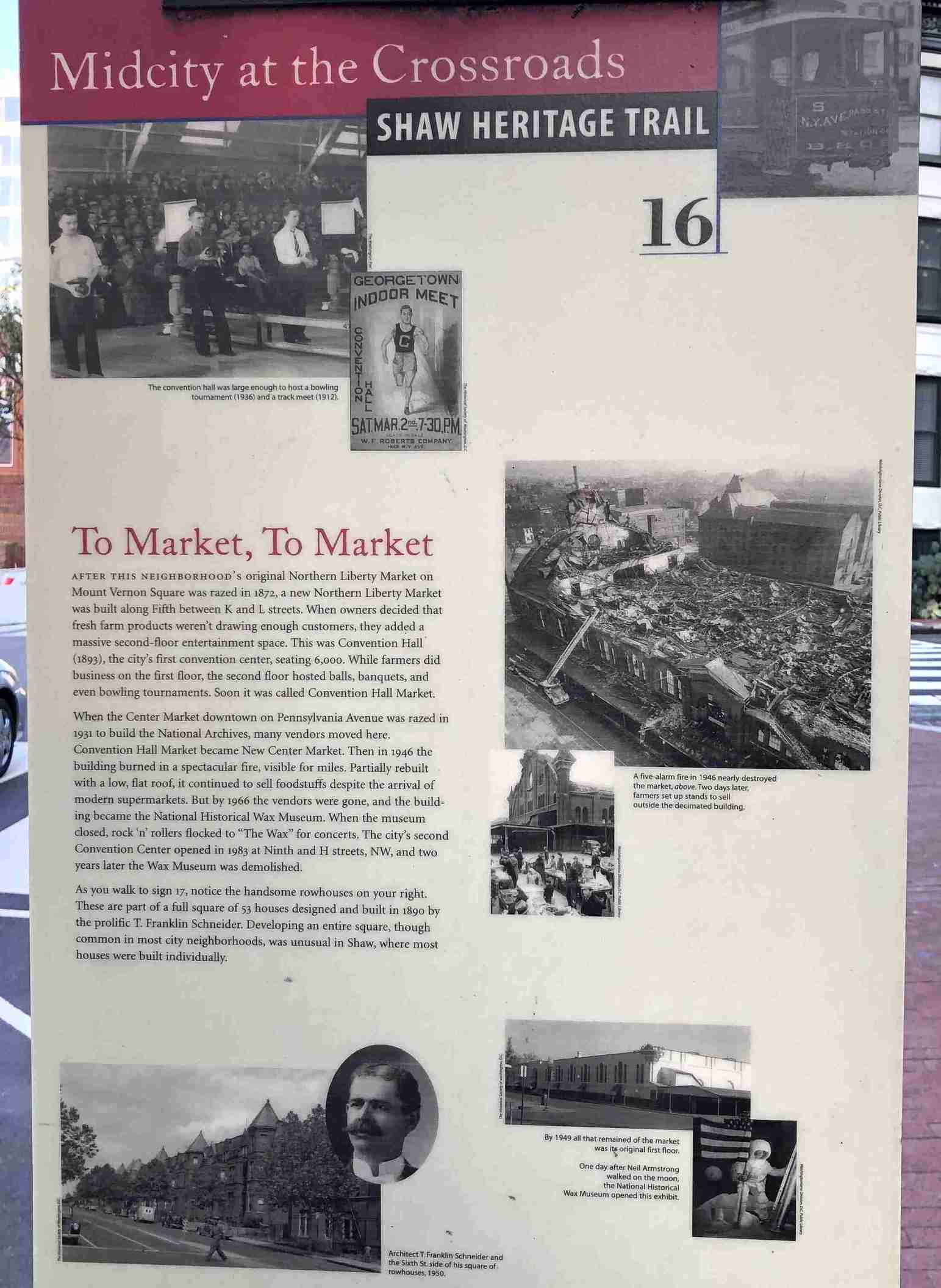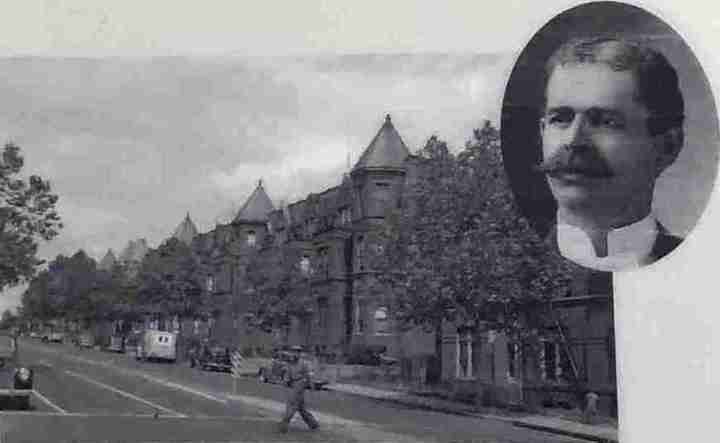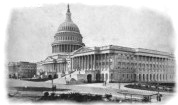Northern Liberty / Constitution Hall Market


This neighborhood has been "A Place Between Places," where races and classes bumped and mingled as they got a foothold in the city. It has attracted the powerful seeking city conveniences as well as immigrants and migrants just starting out. By 1900 thr Shaw neighborhood lay just north of the downtown federal offices and white businesses, and south of the African American-dominated U Street commercial corridor and Howard University.
Longstanding local businesses took root here, and leaders flourished: Carter G. Woodson, Langston Hughes, John Wesley Powell, B. F. Saul, and A. Philip Randolph. The nation's finest "colored" schools were here too. By the 1930s the area was known as Midcity or Shaw (for Thaw Junior High School).
Over time the shops of Seventh and Ninth streets became a bargain-rate alternative to downtown's fancy department stores. There were juke joints, Irish saloons, storefront evangelists, delicatessa
After this neighborhood's original Northern Liberty Market on Mount Vernon Square was razed in 1872, a new Northern Liberty Market was built along Fifth between K and L streets. When owners decided that fresh farm products weren't drawing enough customers, they added a massive second-floor entertainment space. This was Convention Hall (1893), the city's first convention center, seating 6,000. While farmers did business on the first floor, the second floor hosted balls, banquets even bowling tournaments. Soon it was called Constitution Hall Market.
When the Center Market downtown on Pennsylvania Avenue was razed in 1931 to build the National Archives, many vendors moved here. Convention Hall Market became New Center Market. Then in 1946 the building burned in a spectacular fire, visible for miles. Partially rebuilt with a low, flat roof, it continued to sell foodstuffs despite the arrival of modern supermarkets. But by 1966 the vendors were gone, and the building became the National Historical Wax Museum. When the museum closed, rock 'n' rollers flocked to "The Wax" for concerts. The city's second Convention Center opened in 1983 at Ninth and H streets, NW, and two years later the Wax Museum was demolished.
Notice the handsome rowhouses on your right. These are part of a full square of 53 houses designed and built in 1890 by the prolific T. Franklin Schneider. Developing an entire square, though common in most city neighborhoods, was unusual in Shaw, where most houses were built individually.

Architect T. Franklin Schneider and the Sixth St side of his square of rowhouses, 1950

